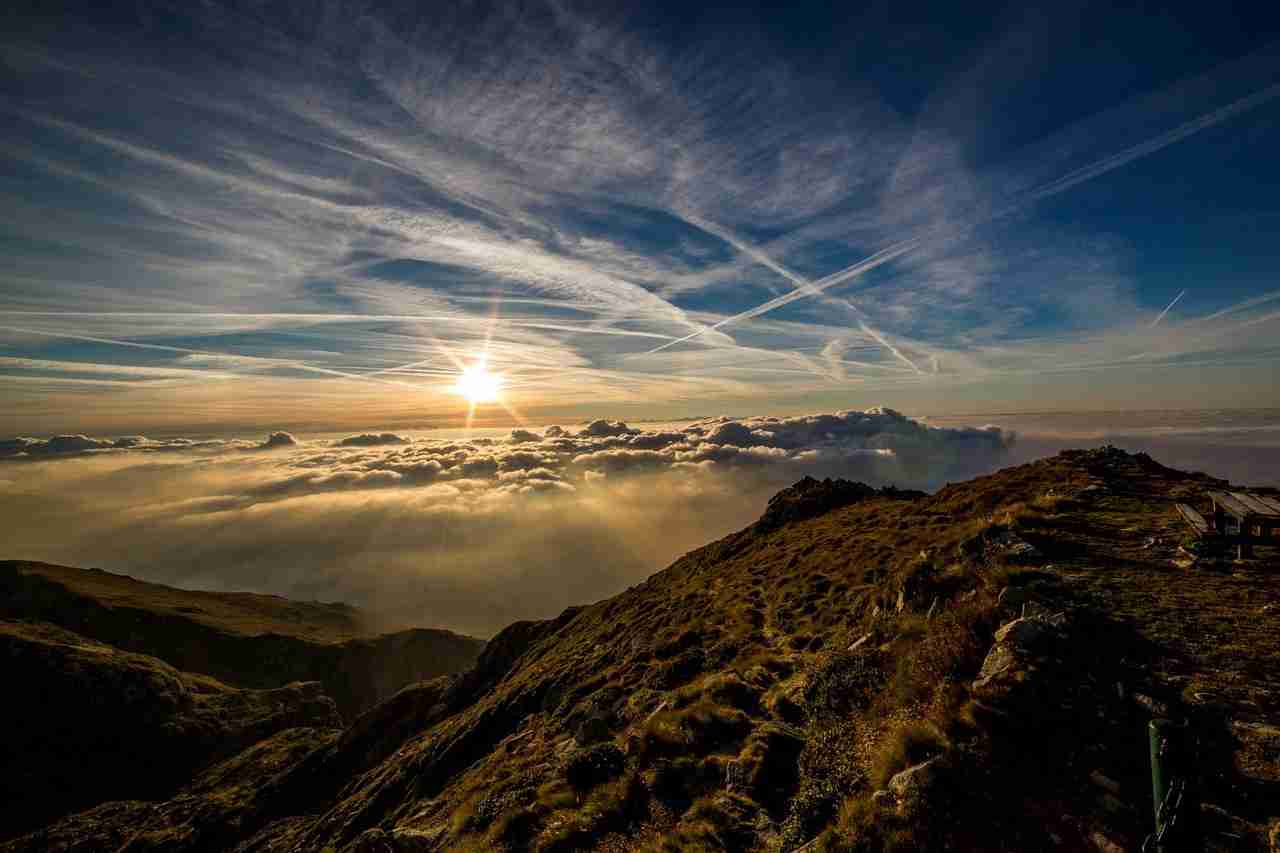24 Fun Facts About the Mesosphere: The Meteors’ Grand Stage
1. The mesosphere is the third layer of the Earth’s atmosphere.
The mesosphere is the third layer of the Earth’s atmosphere, located between the stratosphere (below) and the thermosphere (above).
It plays an essential role in shaping the composition and behavior of our planet’s atmosphere.
2. The mesosphere starts around 31 miles (50 km) above the Earth.
The mesosphere begins approximately 31 miles (50 km) above the Earth’s surface, marking the start of this atmospheric layer.
Situated at this considerable altitude, it signifies the transition from the layers below and sets the stage for unique atmospheric phenomena.
3. The top of the mesosphere is called the mesopause.
The mesopause serves as the upper boundary of the mesosphere, distinguishing it from the layers above.
It marks the end of the mesosphere and the transition into the thermosphere. This distinct atmospheric boundary provides valuable insights into the characteristics and dynamics of the surrounding atmospheric layers.
4. Temperatures in the mesosphere can drop below -130 degrees F (-90 degrees C).
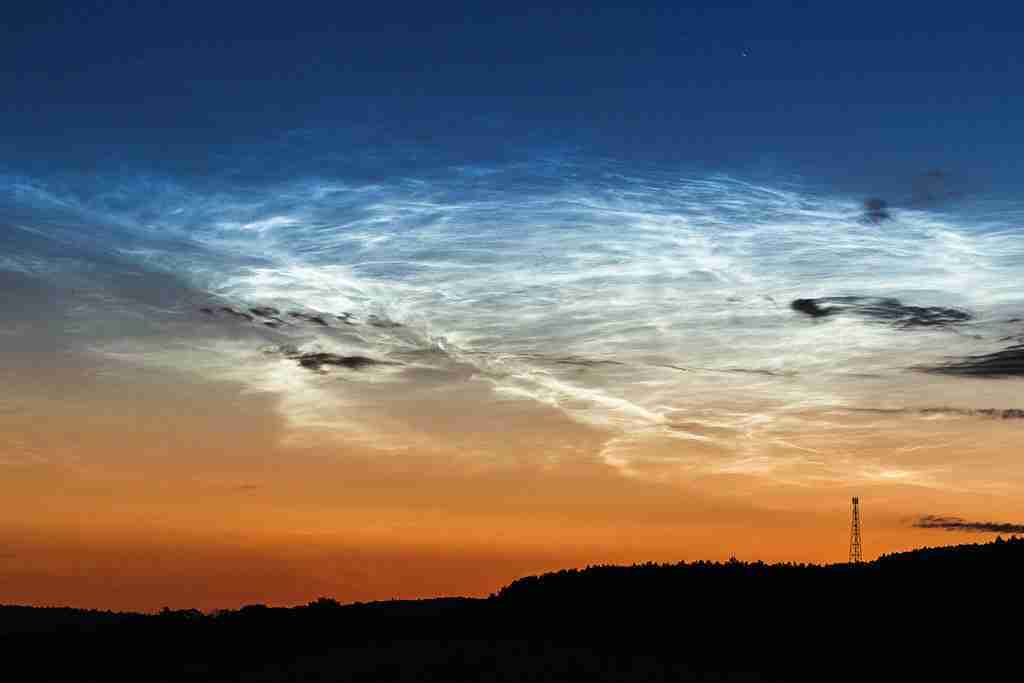
In the mesosphere, temperatures can reach extreme lows, often dipping below -130 degrees Fahrenheit (-90 degrees Celsius). This frigid environment contributes to the remarkable coldness experienced within this atmospheric layer.
These exceptionally low temperatures are a key factor in creating the unique conditions and phenomena found in the mesosphere.
5. Air pressure is significantly low in the mesosphere, less than 1% of that at sea level.
The mesosphere experiences remarkably low air pressure, measuring at less than 1% of sea-level atmospheric pressure.
This significant decrease in pressure contributes to the sparse and thin nature of the air molecules within this atmospheric layer.
6. Most meteors burn up in the mesosphere upon entering the Earth’s atmosphere.
Upon entering the Earth’s atmosphere, the mesosphere acts as a protective shield, causing most meteors to burn up within its boundaries.
This critical function ensures that the potential impacts of meteors are greatly reduced before they reach the Earth’s surface.
7. No weather occurs in the mesosphere.
The mesosphere is a weather-free zone with no clouds or other weather events.
It is a calm and peaceful region, providing a serene atmosphere above where the weather typically happens.
8. The mesosphere is beyond the reach of weather balloons and below satellite orbits.

The mesosphere’s altitude is too extreme for weather balloons to reach, as they cannot ascend to such heights.
It is situated too low for satellites to orbit effectively, making the mesosphere challenging to explore and observe using traditional satellite technology.
9. The speed of sound is the slowest in the mesosphere.
In the mesosphere, sound speed is notably slower than other atmospheric layers.
For example, if you clap your hands in the mesosphere, the sound will take longer to reach your ears than if you clap your hands at ground level.
This difference in sound speed is due to the unique properties of the mesosphere.
10. The mesosphere is mostly composed of carbon dioxide and nitrogen molecules.
The mesosphere primarily consists of carbon dioxide and nitrogen molecules, forming the predominant composition of this atmospheric layer.
These molecules and trace amounts of other gases comprise most of the mesospheric composition.
11. Pollution from the Earth’s surface does not directly affect the mesosphere.
The mesosphere remains unaffected by pollution originating from the Earth’s surface. This atmospheric layer acts as a barrier, preventing direct impact from pollution sources such as industrial emissions or urban pollutants.
Due to its high altitude and distinct atmospheric dynamics, the mesosphere maintains its pristine nature.
12. Satellites often dip into the mesosphere before re-entering Earth’s lower atmosphere.
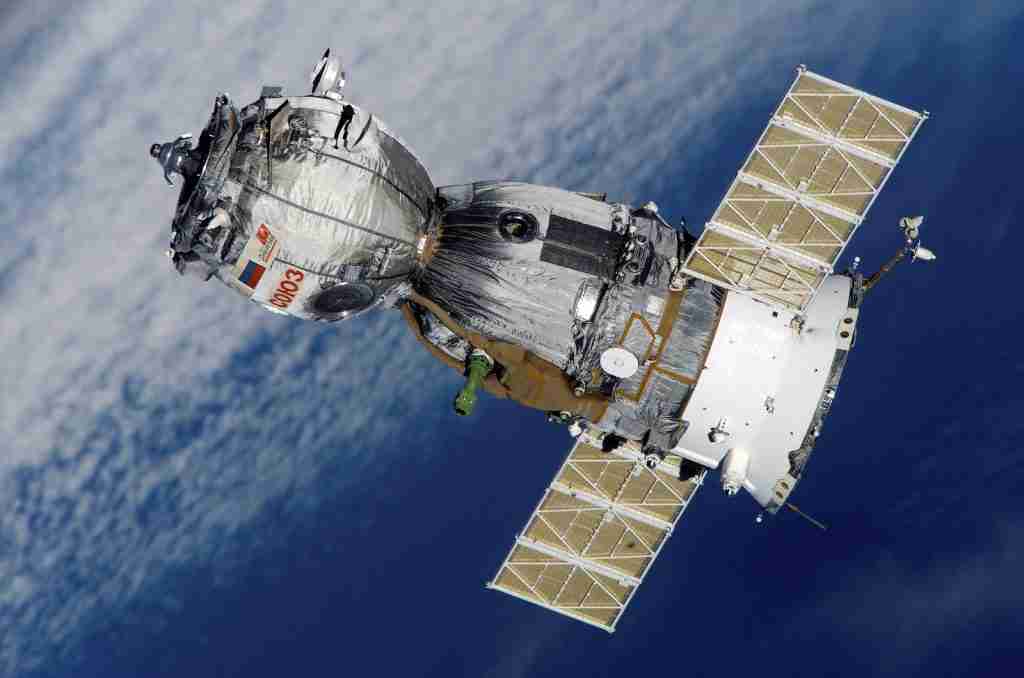
Satellites frequently briefly enter the mesosphere as they descend towards Earth’s lower atmosphere during re-entry.
The mesosphere, known for its fascinating properties, acts as a crucial satellite transition zone, bridging the gap between space and Earth’s denser atmospheric layers during re-entry.
13. Mesosphere is named after the Greek word mesos.
The mesosphere, named after the Greek word mesos, means middle, and sphaira means ball.
It’s befitting as it represents the middle layer among Earth’s five primary atmospheric strata, positioned between the lower stratosphere and the higher thermosphere.
14. The mesosphere contains very few water vapors.
The mesosphere has minimal water vapor content, with only trace amounts present in this atmospheric layer.
The scarcity of water vapor in the mesosphere contributes to its unique characteristics and distinguishes it from other layers of the atmosphere.
15. The coldest layer in the atmosphere is the mesosphere.
The mesosphere, the coldest layer in the Earth’s atmosphere, is known for its chilling temperatures, which can drop as low as -130 degrees Fahrenheit (-90 degrees Celsius).
The mesosphere is the only layer of the atmosphere where temperature decreases with altitude.
16. The mesosphere is considered part of near space.
The mesosphere is categorized as part of the near space region, a segment of the Earth’s atmosphere that extends beyond conventional aircraft reach yet lies below the threshold of outer space.
This classification underscores the mesosphere’s distinct position, bridging the expanse between Earth’s surface and the vastness of space.
17. The mesosphere is one of the least understood parts of the Earth’s atmosphere.
The mesosphere is a mysterious part of Earth’s atmosphere that we still don’t fully understand.
Studying the mesosphere presents challenges due to its high altitude and extreme conditions. Its location, situated between the more accessible layers of the atmosphere, makes it difficult to observe and gather data directly.
18. Noctilucent clouds, the highest in the atmosphere, form in the mesosphere.
Noctilucent clouds, the highest clouds in the atmosphere, form in the mesosphere. Composed of ice crystals, these mesmerizing clouds appear during the summer months in high latitudes.
Their formation in the mesosphere is due to the extremely cold temperatures and freezing water vapor onto dust particles, resulting in a captivating display in the night sky.
19. Some types of lightning, called sprites and elves, occur in the mesosphere.
In the mesosphere, fascinating phenomena called sprites and elves occur, showcasing unique lightning forms.
Sprites are colorful flashes of light, often in shades of red, green, or blue, while elves manifest as expanding rings of diffuse light.
20. The mesosphere is also home to electric blue clouds.
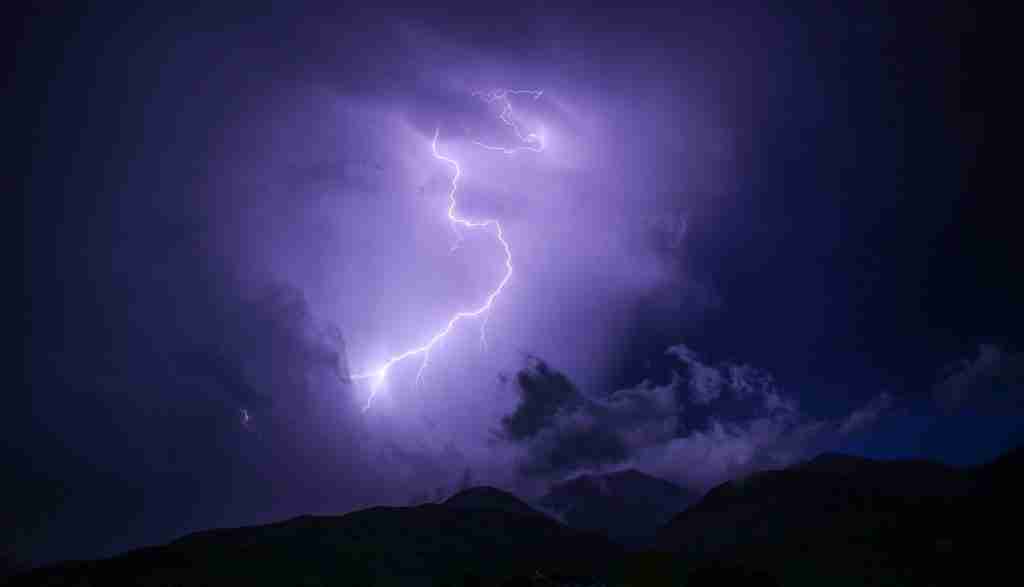
Electric blue clouds can be observed in the mesosphere, adding to their captivating nature.
These ethereal clouds, known as noctilucent clouds, glow with a striking blue hue when illuminated by sunlight from below the horizon.
Formed by ice crystals at high altitudes, these mesmerizing clouds create a breathtaking spectacle in the night sky, providing a stunning visual display in the mesosphere.
21. The mesosphere helps regulate Earth’s climate.
The mesosphere, high in the atmosphere, helps keep Earth’s climate in check. It acts like a giant blanket, absorbing heat from the sun during the day and preventing it from escaping too quickly at night.
This helps keep Earth’s temperatures from becoming too extreme, making it a comfortable place to live.
22. The mesosphere is important for protecting Earth from harmful solar radiation.
The mesosphere plays a crucial role in shielding the Earth from harmful solar radiation.
Within this atmospheric layer, molecules absorb and dissipate a significant amount of the incoming solar energy, protecting the lower atmospheric layers and the Earth’s surface from the adverse effects of excessive radiation.
This protective function of the mesosphere helps maintain the habitable conditions necessary for life on our planet.
23. Gravity-wave vibrations can become so large in the mesosphere.
Gravity waves ripple through the thin air in the mesosphere high above Earth. Similar to water waves, gravity waves originate from lower atmospheric events like storms or mountains.
The mesosphere’s thinness allows these waves to grow much larger than they would down below, creating impressive undulations. Sometimes, specific conditions in this layer can further amplify these waves, making them even more dramatic.
24. Survival is impossible for humans in the mesosphere.
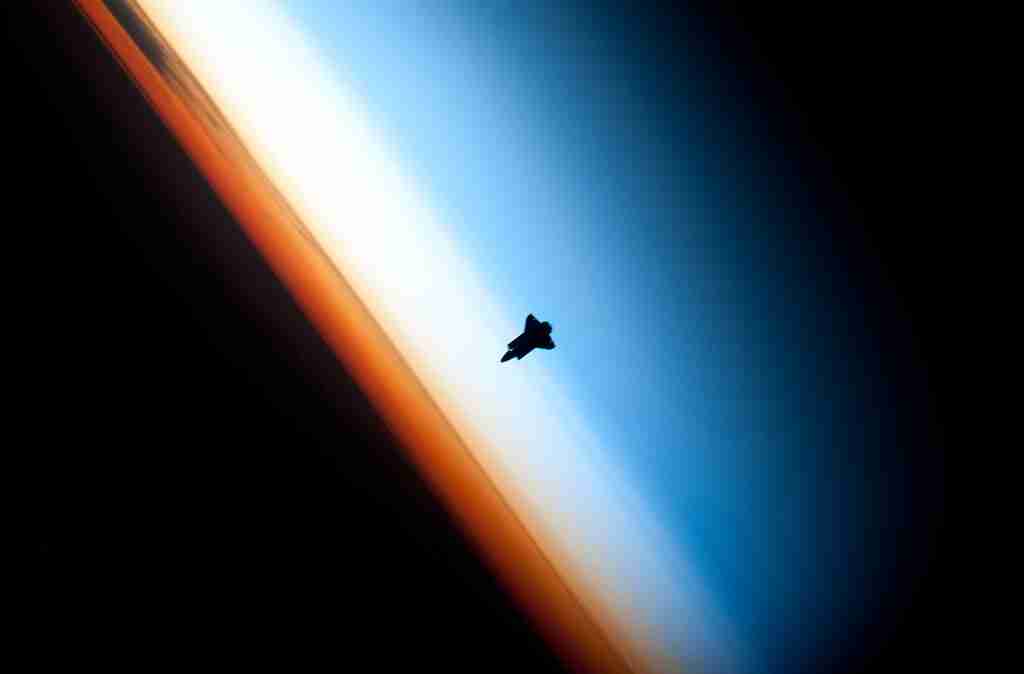
Humans cannot survive in the mesosphere. The extremely low pressure, insufficient oxygen, and harsh temperature conditions make it inhospitable for human survival without significant technological assistance.
FAQS
The temperature in the mesosphere can vary, but it generally decreases with increasing altitude. In the upper mesosphere, temperatures can drop to extremely cold levels, reaching below -130 degrees Fahrenheit (-90 degrees Celsius). However, it’s important to note that temperatures in the mesosphere can fluctuate and vary depending on atmospheric conditions and geographical location.
The mesosphere is one of the layers that make up Earth’s atmosphere. It is located above the stratosphere and below the thermosphere. The mesosphere extends from about 31 miles (50 kilometers) above the Earth’s surface to approximately 53 miles (85 kilometers) high.
The mesosphere, located above the stratosphere and below the thermosphere, is where most meteoroids burn up upon entering the atmosphere, creating shooting stars that captivate our gaze. This layer is also known for unique electrical phenomena like sprites and elves and the mesmerizing noctilucent clouds that glow in the night sky. The mesosphere acts as a reflective surface for radio waves, enabling long-distance communication, and regulates Earth’s climate.
The mesosphere is special due to its role in meteoroid incineration, the occurrence of unique electrical phenomena like sprites and elves, the presence of noctilucent clouds, its reflection of radio waves, its contribution to climate regulation, and protection from solar radiation.
Yes, the mesosphere plays a significant role in protecting the Earth. It acts as a shield against meteors by causing most meteoroids to burn up upon entry into the atmosphere, reducing the potential impacts on the Earth’s surface. Additionally, the mesosphere absorbs and dissipates a considerable amount of harmful solar radiation, helping to safeguard life on our planet. By serving as a protective barrier, the mesosphere maintains a habitable environment for living organisms on Earth.

